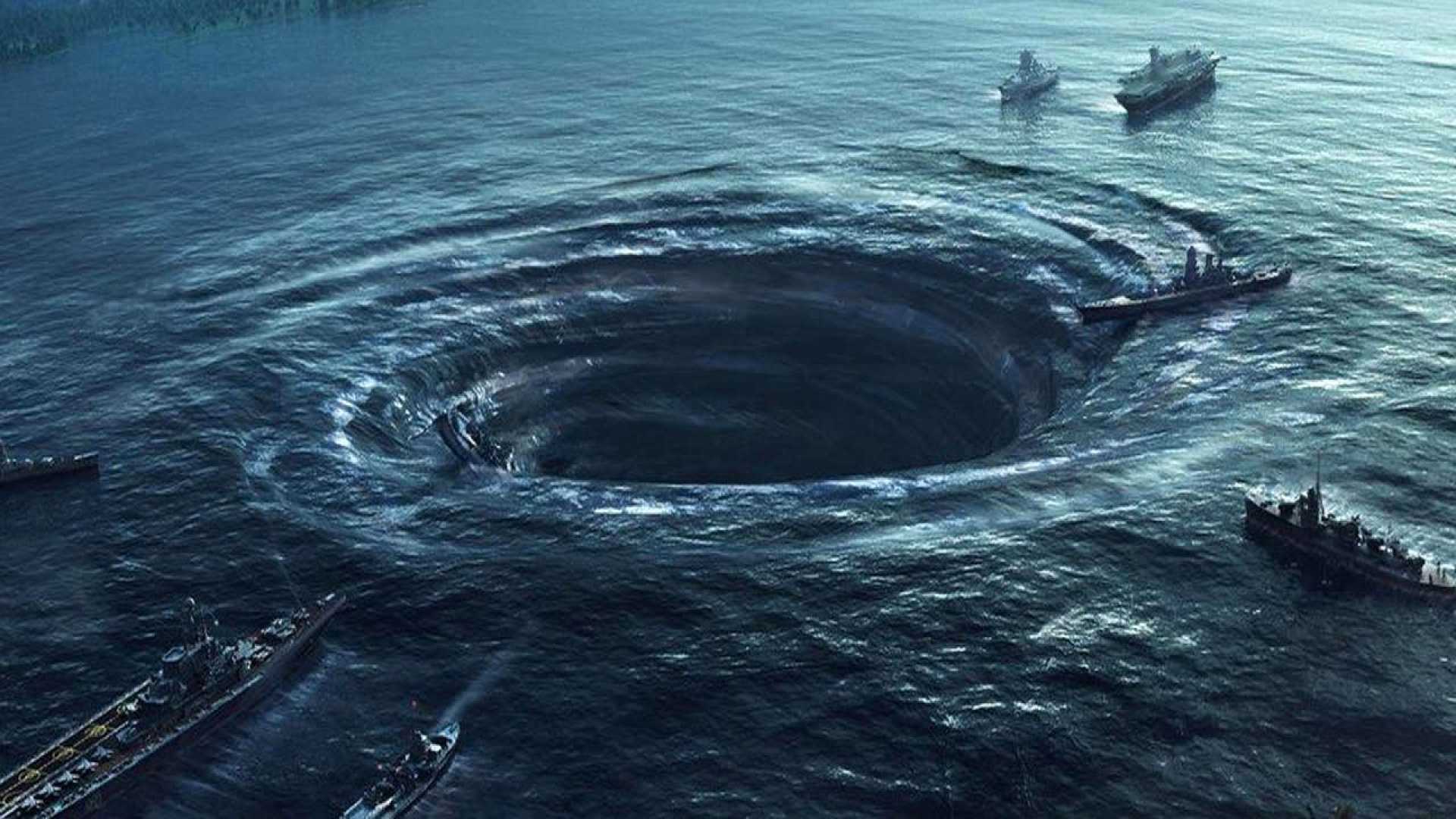News
Scientists Dispute Bermuda Triangle Mysteries, Cite Probability Instead

MIAMI, Florida — For decades, the Bermuda Triangle has captivated imaginations with its tales of vanished vessels and missing aircraft. Spanning roughly from Florida to Bermuda and the Greater Antilles, this area has given rise to countless conspiracy theories linked to the supernatural. However, Australian scientist Karl Kruszelnicki asserts that the truth lies in mathematics, not mystery.
Kruszelnicki, along with the National Oceanic and Atmospheric Administration (NOAA), argues that the number of disappearances in the Bermuda Triangle is not statistically different from other heavily traveled ocean areas. In a report published in 2010, NOAA stated, ‘There is no evidence that mysterious disappearances occur with any greater frequency in the Bermuda Triangle than in any other large, well-traveled area of the ocean.’
Experts like Kruszelnicki highlight that the Bermuda Triangle is one of the busiest maritime routes, with high traffic increasing the likelihood of accidents. ‘The sheer volume of traffic shows that the percentage of ships and planes missing in this area mirrors that of the rest of the world,’ he explained in a statement.
Environmental factors also play a significant role. NOAA identifies the Gulf Stream’s unpredictable weather patterns and numerous islands in the Caribbean as complicating navigation. Additionally, Kruszelnicki notes that magnetic compass variations in the Bermuda Triangle can lead to serious navigational errors.
The combined challenges of nature and human error contribute to incidents in the region. Kruszelnicki pointed out that even high-profile disappearances, such as Flight 19 in 1945, which involved five U.S. Navy bombers, involved severe weather and navigational confusion.
Despite scientific explanations, the allure of conspiracy theories surrounding the Bermuda Triangle remains strong. Tales of sea monsters, time portals, and the lost city of Atlantis persist in popular culture, offering a more thrilling narrative than statistical analysis. However, experts urge the public to consider the facts over the myths.
Kruszelnicki’s insights highlight a critical point: ‘The statistics show that accidents happen everywhere,’ reminding us that a simple understanding of probabilities can demystify even the most enduring legends.












